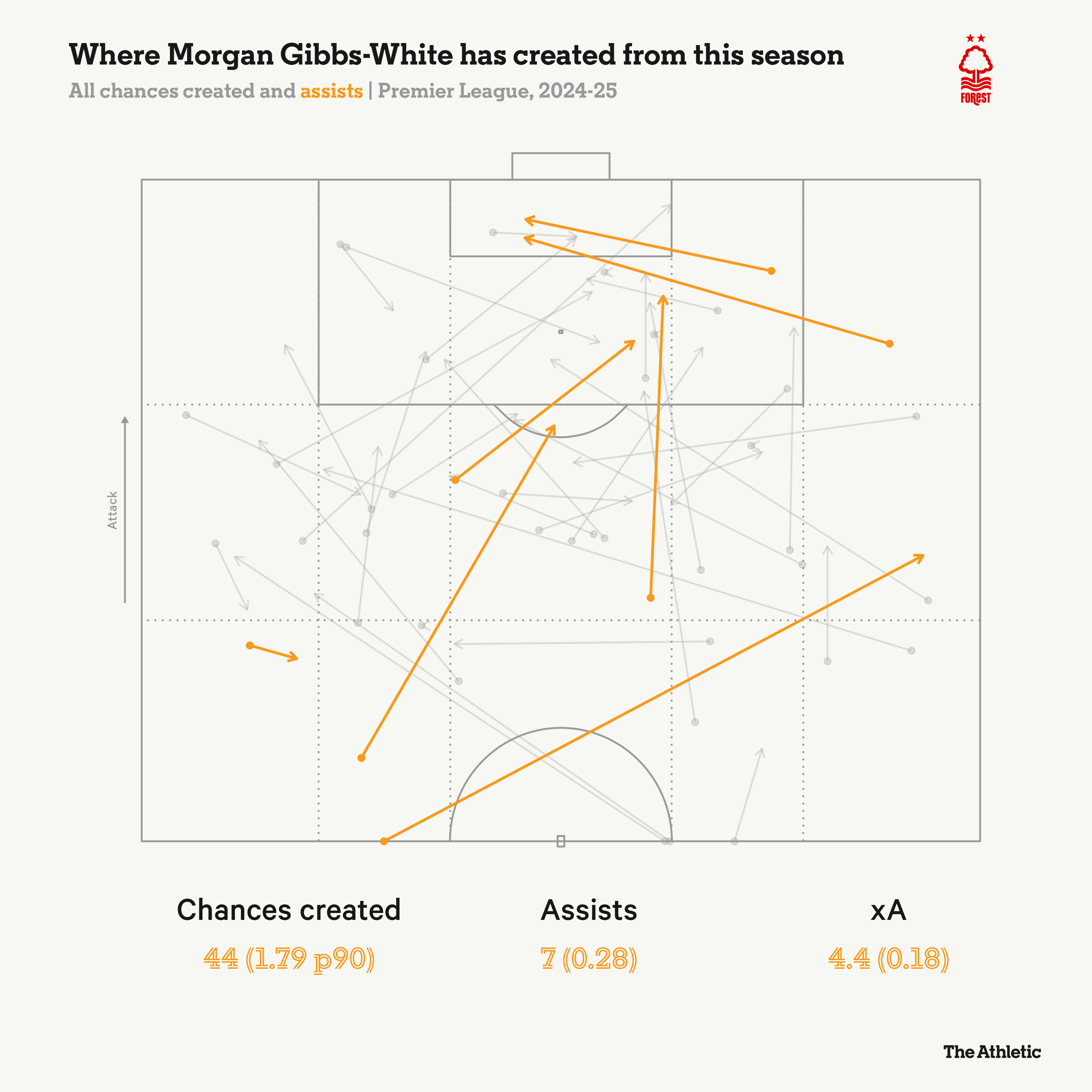
For Manchester City, the impossible search begins.
On Tuesday, The Athletic revealed that Morgan Gibbs-White is one of the players on City’s list of potential summer transfer targets, alongside Bayer Leverkusen’s Florian Wirtz, who they believe could help to fill the creative void left by Kevin De Bruyne’s upcoming departure.
Advertisement
The 25-year-old’s stock has risen dramatically this season, his third campaign at Nottingham Forest following a big-money move from Wolves in August 2022. He is scoring and assisting more regularly than ever in the top flight, helping propel his side up to third in the table and into an FA Cup semi-final, despite two run-ins with relegation in the previous seasons.
There is more to Gibbs-White’s game than just quantity of output; his energy, leadership and positivity on the ball has endeared him to Forest fans. He is a driving force behind their transitional attacking style. Data from analytics company Footovision shows only three players have been involved in a higher proportion of their team’s counter-attacks — either via a pass or a carry — than Gibbs-White this season. He is happy to shoulder the responsibility when the opportunity arises to attack at speed.
Rapid breakaways aren’t something that you instantly associate with City. Pep Guardiola’s side prefer the control of measured build-up attacks, but their interest in Gibbs-White makes sense given their recent struggles. So often overrun in midfield without Rodri, Gibbs-White would give the fallen champions an injection of physicality without sacrificing the technical ability and offensive potential from deep.
He might not instantly fit the Guardiola mould but City to evolve without their most prolific creative presence, they need to find a few of the underrated things that De Bruyne brought over the years, including a bit of bite.
Part of what made De Bruyne such a success at City was the relentlessness of his attacking approach. In a system of carefully rehearsed passing patterns, the Belgian was the roaming creator, destructive all over the pitch, and difficult to stop when he built up the forward momentum to carry the ball through the opposition and into dangerous areas, where his pinpoint accuracy and unparalleled vision did the rest.
Advertisement
Gibbs-White will do incredibly well to emulate De Bruyne’s level of production. But there have been similarities — at least in profile — as to how aggressively, and expansively, he looks to attack any space.
Spearheading Forest’s all-or-nothing attack under Nuno Espirito Santo, Gibbs-White will pop up all over the attacking third, charging towards goal with the ball at his feet and arrowing passes out to the flanks or in-behind to keep things moving in the right direction.
His assist in the 1-0 win over City in March, dropping deep to pick up the ball, before turning and picking out a quarterback pass to Callum Hudson-Odoi, was reminiscent of the kind of raking pass that De Bruyne would often seek out — remember that ball for Raheem Sterling against Arsenal back in 2016 — taking things into his own hands and changing the attacking tempo.
Callum Hudson-Odoi fires Nottingham Forest into the lead against Man City! 💥
How about that assist from Morgan Gibbs-White 😮💨
📺 @tntsports & @discoveryplusUK pic.twitter.com/WiR5642xK3
— Football on TNT Sports (@footballontnt) March 8, 2025
Looking at Gibbs-White’s chance creation map for the season. That ability to drop into different areas of the pitch, then set his sights and play the pitch-sweeping pass, becomes clear. Incisive, slide-rule passes from the edge of the box are in plentiful supply, too.

Though the numbers behind his end product don’t jump off the page — a rate 0.49 combined goals and assists per 90 minutes this season leaves him 45th of Premier League players with over 900 minutes played this season — it’s the high share of attacking responsibility he takes that makes Gibbs-White an attractive watch.
At a team who have averaged just 39.8 per cent possession this season — the lowest share in the division — chances to affect the game close to goal don’t come easily. When they do, Gibbs-White is usually first on the scene.
Advertisement
As the below graphic illustrates, Gibbs-White (represented by the red dot) is behind most of Forest’s positive attacking actions. Getting his team into the final third with a high proportion of their progressive passes and carries, he has also created 20 per cent of his team’s open-play chances, and has played 21 per cent of their passes into the penalty area. These shares are only bettered by a handful of players across the league.
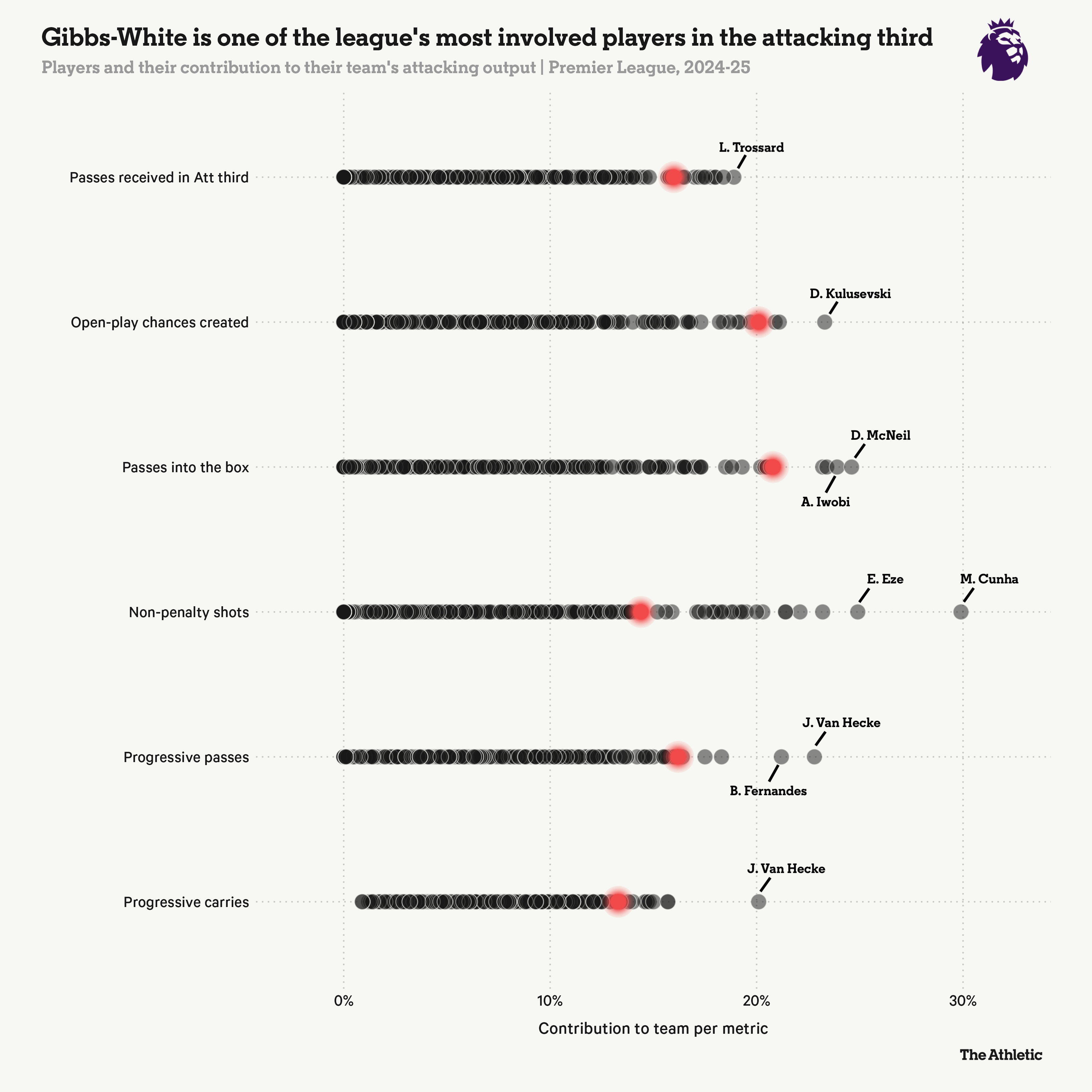
Crucially for City, that enthusiasm in possession doesn’t wane without it. His alertness to keep the defensive shape at Forest could be channeled towards effective counter-pressing at a more territorially dominant team.
Here against Ipswich Town, for example, Gibbs-White is sitting deeper while team-mates Elliot Anderson and Anthony Elanga step up to apply pressure to the ball. Kalvin Phillips squeezes a pass through the gap and into Omari Hutchinson, taking three Forest players out of the game.
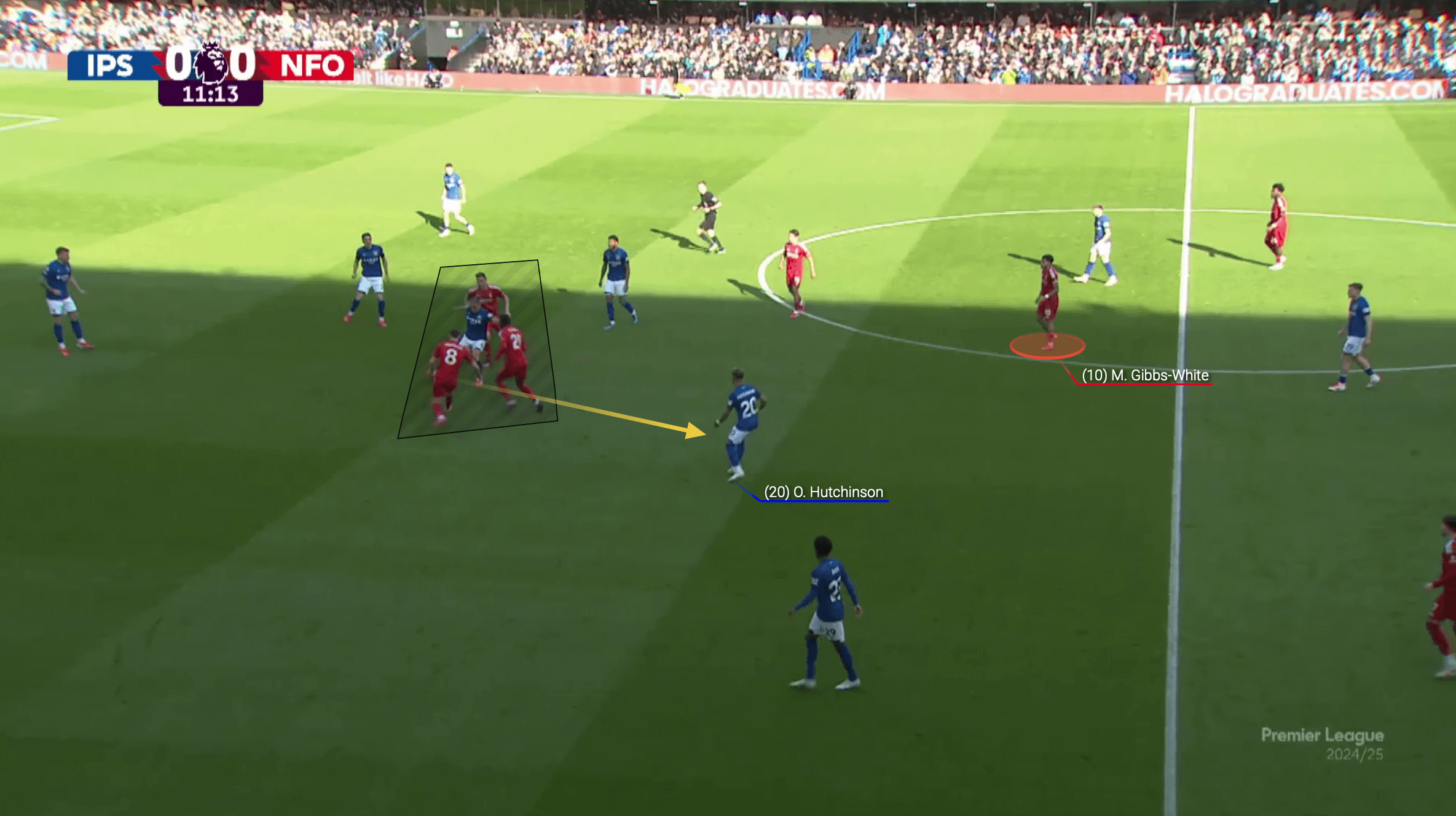
Receptive to the danger, Gibbs-White shuttles across, showing pace and defensive tenacity to make a strong tackle on Hutchinson, before instantly looking to play forward with an ambitious outside-of-the-boot pass in frame two.
Although the ball down the line is cut out, it still falls to Hudson-Odoi, allowing Forest to get forward with numbers, showing the value of Gibbs-White’s positivity and invention in such a committed, transitional system.
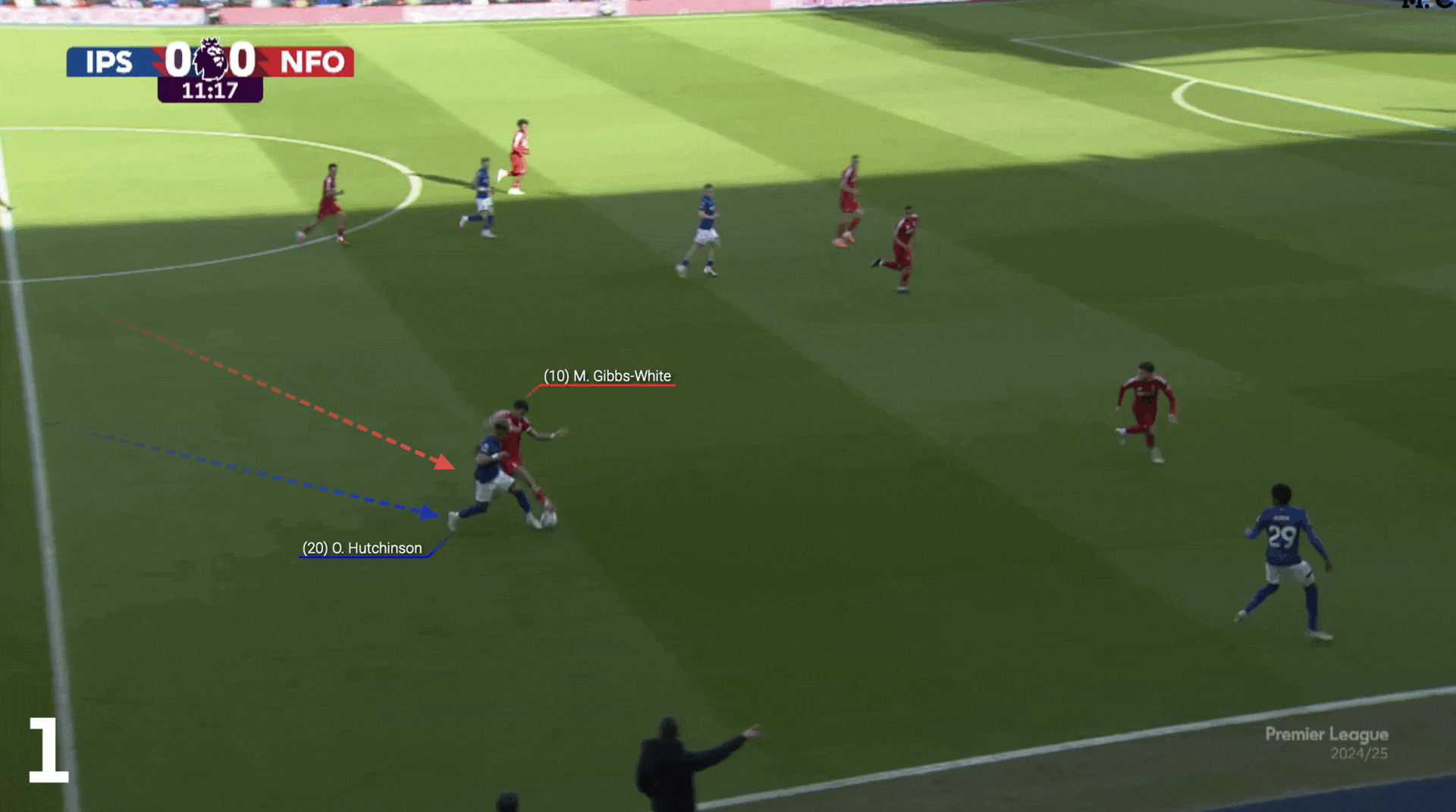
City have severely missed pace and strength in central areas this season. Ilkay Gundogan, Mateo Kovacic and Bernardo Silva are often too-easily bypassed in games of midfield pinball, lacking the legs to stretch forward into attacking areas themselves.
There have been positive signs that winter signing Nico Gonzalez can address some of those issues, but Gibbs-White would bring crucial support in what has quickly become a box-to-box role for City. He is far more capable at bouncing from challenge to challenge than some of Guardiola’s wearier midfield troops.
In this example against Chelsea last season, he steals in to nick the loose ball ahead of Moises Caicedo, poking it forward and spinning away from the Ecuadorian to carry on his run.
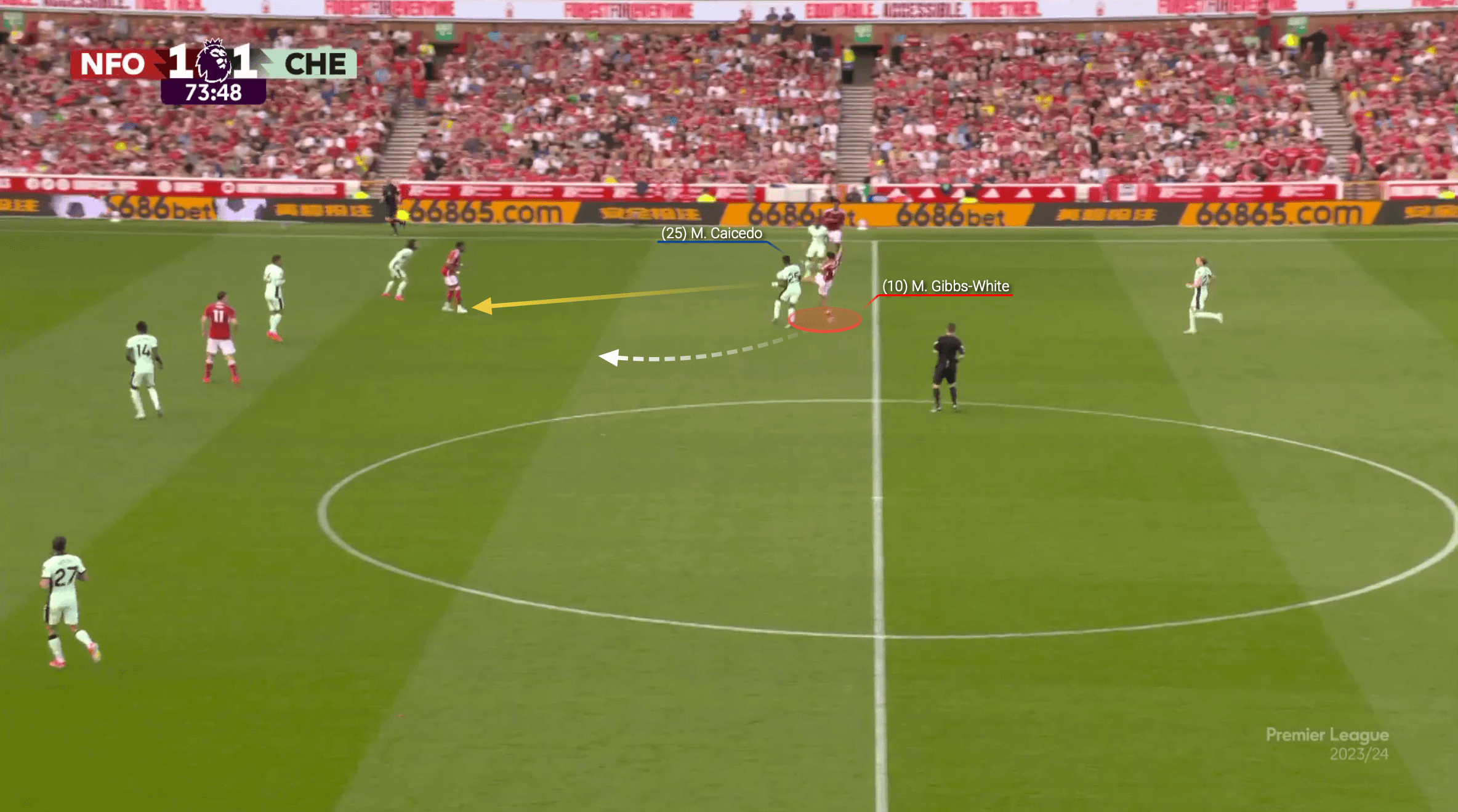
Receiving the lay-off from Elanga, he uses his forward momentum to power past Marc Cucurella in midfield, before spreading the play out to Hudson-Odoi, who cuts inside and scores.
According to Footovision, Gibbs-White has won around 1.3 ‘second balls’ in the league this season, defined as a possession regain immediately after an aerial duel. Often able to convert those recoveries into driving runs forward, he can create danger and bring authority to moments of uncertainty.
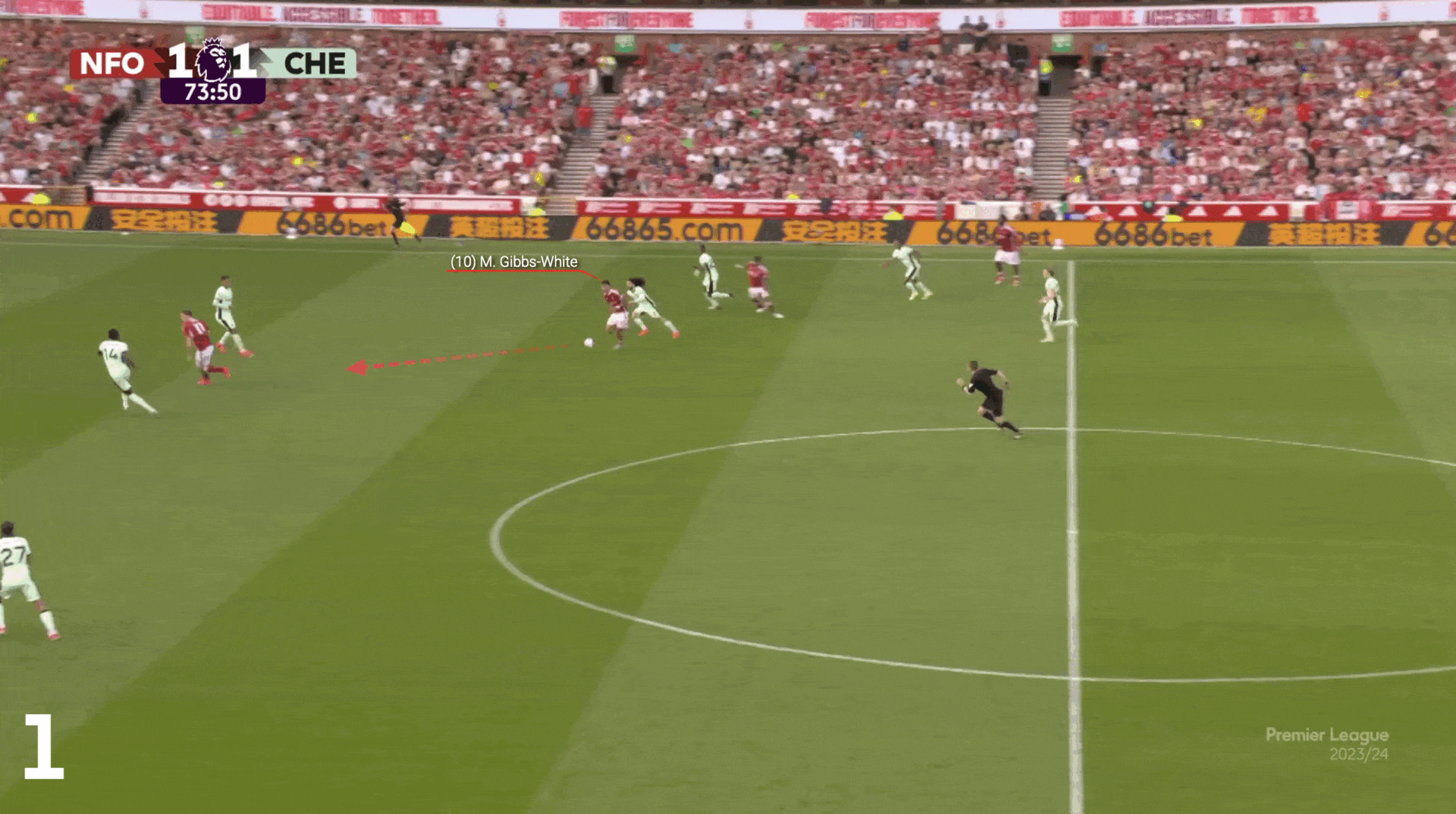
In a similar example against Arsenal, Gibbs-White shows that combination of physicality and individualism to create a chance for striker Chris Wood. He first holds off Declan Rice after retrieving a wayward pass, then scampers away and into an area patrolled by three more opposition players in the second frame.
Surrounded, he turns down the easy pass back out to Ola Aina before whipping the ball over the top of the defence to Wood. Not content, Gibbs-White storms towards the penalty area for the return pass, but ends up furious with his team-mate, whose shot is blocked.
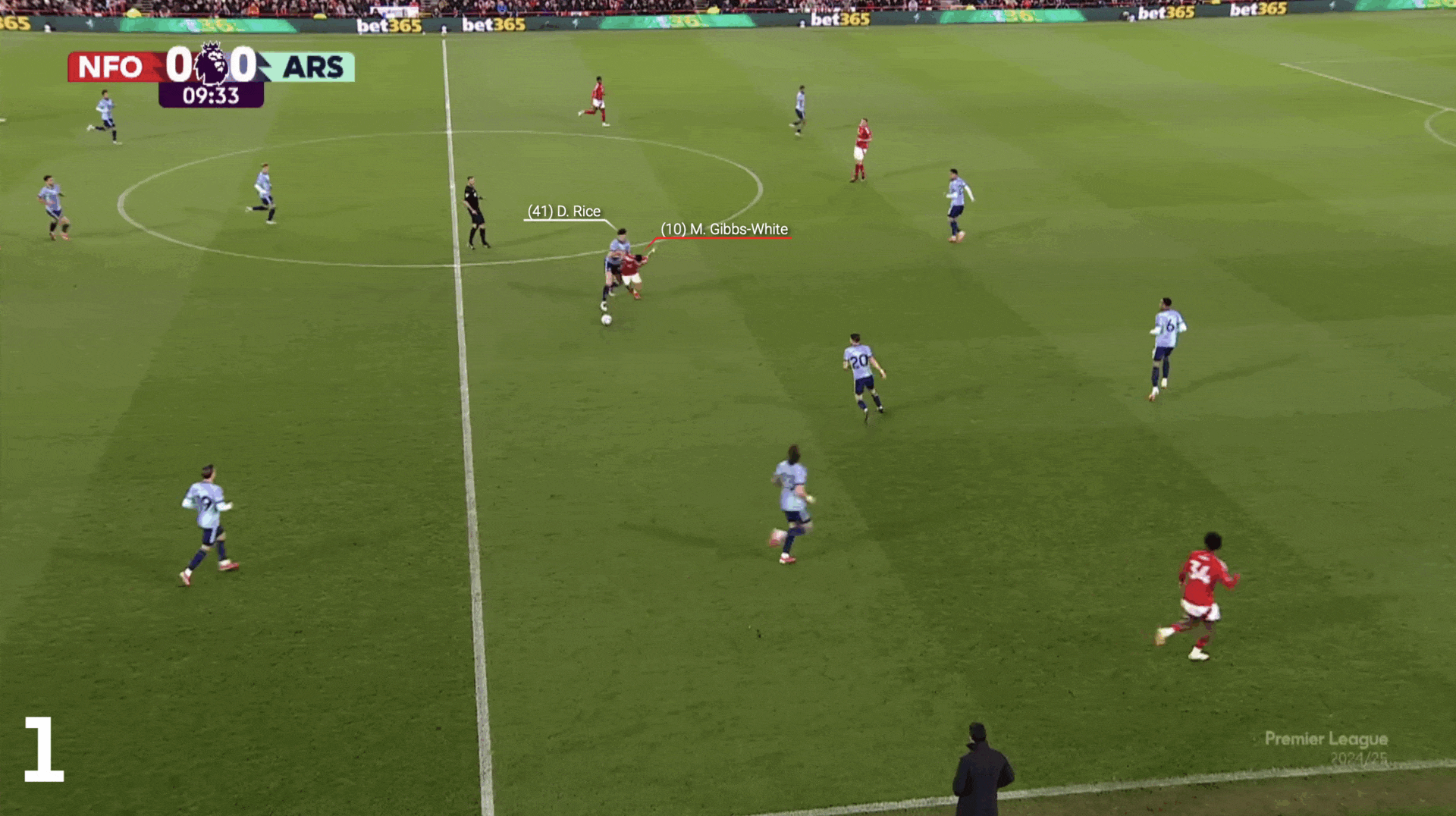
In the post-De Bruyne future, Gibbs-White’s strength in the midfield battle will appeal. He has shown he is willing to battle on in difficult situations and create a chance from nowhere.
It will be very difficult to find a player who ticks every box. De Bruyne produced chances, goals and memorable moments at an incredible, unerring rate over 10 trophy-laden seasons at City.
But in the way that Yaya Toure and David Silva seemed irreplaceable, the club will find a way to move forward, even if it is by assembling the sum of De Bruyne’s parts. For identifying that positivity and creative persistence alone, Gibbs-White is a promising start.
(Top photo: George Wood/Getty Images)
This news was originally published on this post .





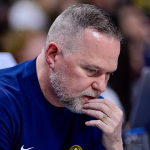

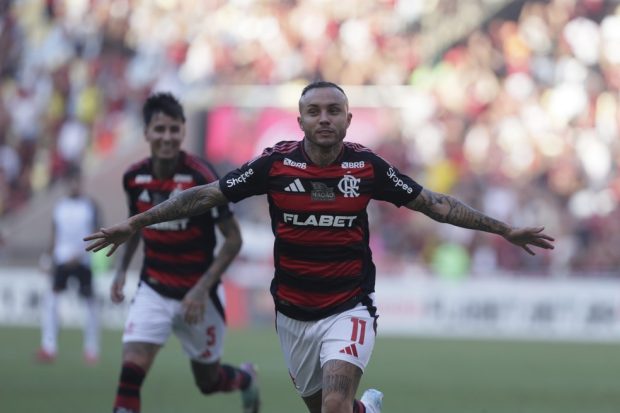
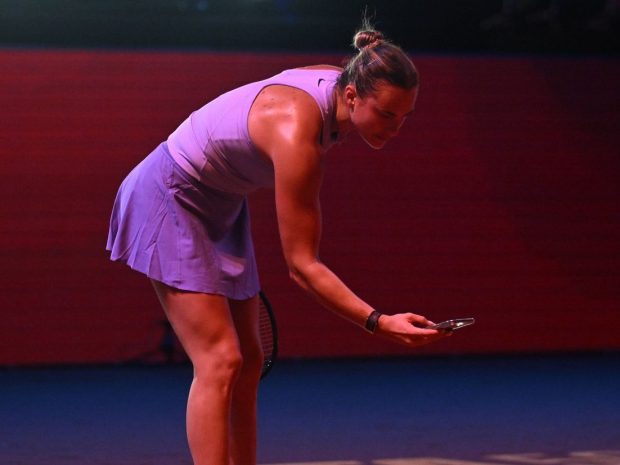
Be the first to leave a comment